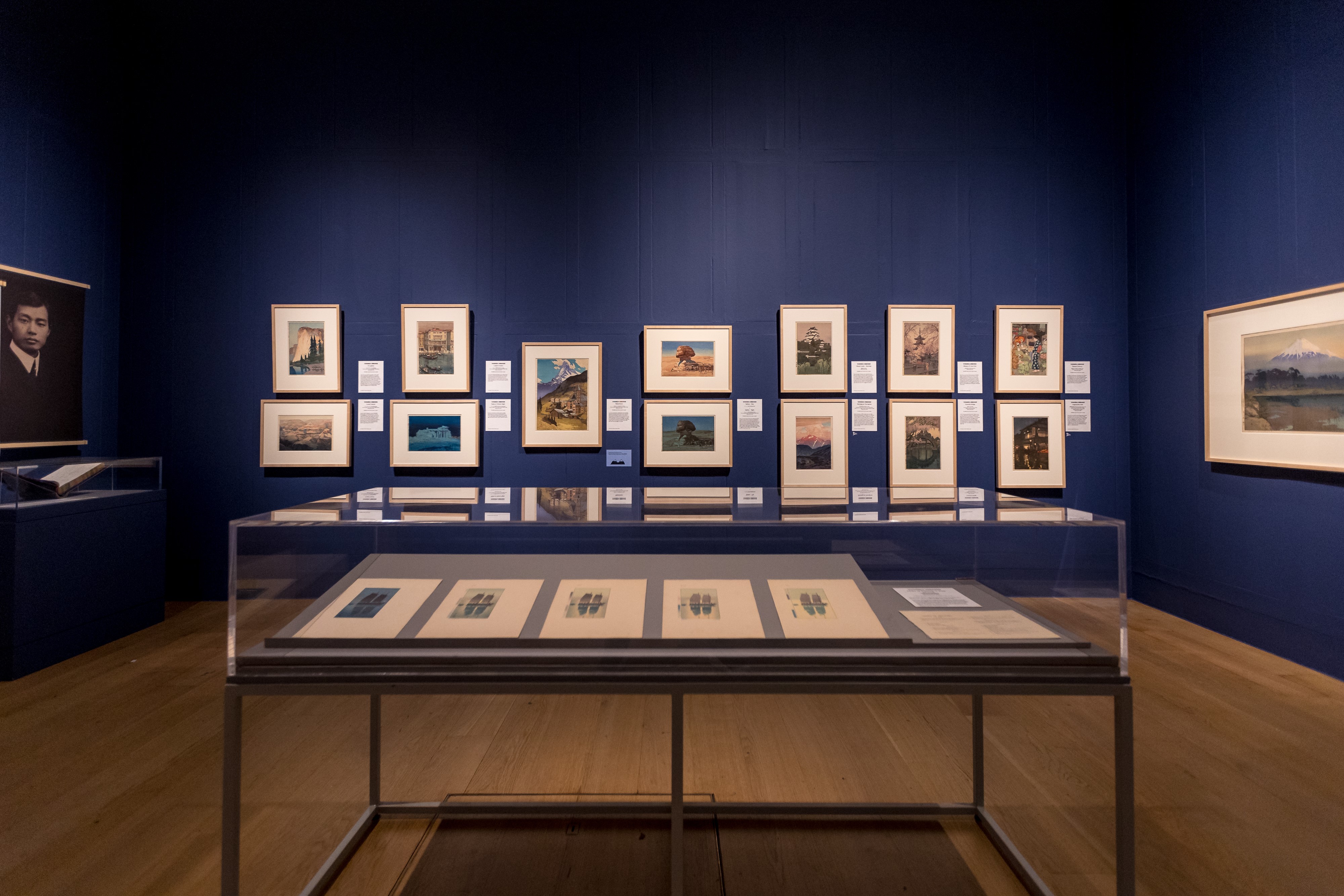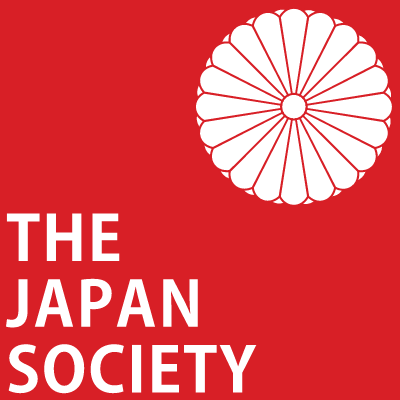Exhibition - Yoshida: Three Generations of Japanese Printmaking

at Dulwich Picture Gallery
(19 June - 3 November 2024)
Review by David Tonge
Many of us will be familiar with the printmaking of Hokusai, Utamaro and Hiroshige. But few will have had the opportunity to explore the work of the Yoshida dynasty of artists, so I will get right to the point by saying this exhibition was not what I expected, is an absolute treat and one you shouldn’t miss.
If you don’t know the Dulwich Picture Gallery, it’s 10 mins or so by train from central London and then a short walk via Dulwich village. I am particularly fond of it because I live close by and with its leafy streets, cafes and village atmosphere you would never know you are in London. It’s somewhat of a hidden gem.
But more importantly, founded in 1811 it is the world’s first purpose built public art gallery. The patron’s goal being to exhibit the old masters ‘for the inspection of the public’.
So, it’s no surprise Yoshida Hiroshi, a man with a desire to learn and be influenced by the West, had read about and visited the Dulwich Picture Gallery in 1900.
It’s at this point that the story begins with his signature in the preserved visitor’s book of the day. The simply laid out exhibit consists of a collection of rooms each of which, aided by simple (noren-like) hanging graphic panels, maps the eclectic creative directions the Yoshida family pursued while maintaining the family print making business.
The star of this show is the artwork much of which is on loan from the Fukuoka Art Museum. In viewing this work, we can immediately understand the unique personality of successive generations of the family and how they might compare to their contemporaries. If you expect a 36 views of Mount Fuji kind of exhibit, you might be disappointed (although there is a 10 views of Mount Fuji) but if you are interested in how Japanese artworks can be simultaneously Japanese and Western then you will be excited by this collection.

Image by Graham Turner (Dulwich Picture Gallery)
Yoshida Hiroshi developed a complex method of creating prints, by using many more layers of colour than those before him had attempted. He wanted, according to printers who worked with him, to express emotions and natural elements such as the air and humidity. To achieve this effect, the layering of one colour on top of the other again and again was employed.
This means that if we look at, for example, the night scene of ‘Kagurazaka Dori’ from his Twelve scenes from Tokyo series, we can see the shimmering lights in the wet road as clearly as one might in a photograph. Compared, for example, to Hokusai’s ukiyo-e style prints, which are beautiful as an ethnography of Japanese life, Yoshida’s work has a depth and complexity that promotes a deeper engagement with the viewer. Or is this just a Westerner’s response?
Hiroshi and his wife Fujio travelled extensively in the US, Europe and Africa. Hiroshi painted some stunning images of El Capitan in California, Athens at night and the Matterhorn. All of which are curiously and delightfully both Japanese and Western in style.
Fujio was a force of nature. She was one of the first Japanese women to study Western art styles and one of the first Japanese women to become internationally renowned. Quite a thing in male dominated Japan – even today. Her prints from the 1950’s, featuring vivid and tightly cropped views of flowers such as Gladiolus or Nasturtium, do not feel Japanese at all. They are bold in composition and colour and feel both like ad agency spreads and Georgia O Keefe’s rather sexualised interpretations of the same subject matter.
In rooms two and three of the exhibit we encounter the work of Yoshida Toshi & Hodaka the two sons of Hiroshi & Fujio and then Chizuko, Hodaka’s wife. In very simplistic terms the further you move away from Hiroshi the more influenced by Western art movements such as Abstract, Modernism and Pop the work becomes, but perhaps for market necessity these are peppered with returns to classic Japanese subject matter and styles.
Toshi’s abstract pieces such as Bruges and Misty Dance sit happily alongside the more traditional Stone Garden or his overseas studies such as San Francisco and the stunning Camouflage where grass turns into a dynamic foreground pattern from which two tigers wait on their pray. I can’t help but think his moving from one style to another positively influenced, improved and advanced the other.
Hodaka, the younger son and seemingly the rebel, was a pioneer of Japanese modernism. His work was conspicuously not Japanese in flavour, breaking both from the mainstream and with the family printmaking tradition.
His 1950’s work such as Woods and Kite are more about self-expression than documentation, whereas his work in the 1960’s was heavily influenced by the Pop Art of Rauschenberg, Jasper Johns and Warhol. In the 1970’s he went on to create prints based on photography yet returning to a connection with the ukiyo-e tradition in his use of black outlines on people and buildings and in the bokashi gradients in the blue skies of his Mythology of the Outskirts of Town series. Here Hodaka creates a bridge to both his brother and father’s work.
Chizuko was one of the most innovative Japanese printmakers of the second half of the 20th century. She was constantly shifting stylistic direction, unhindered by finding and maintaining a marketable style. Her early prints are quite delicate compared to Hodaka’s work and have an illustrative rather than painterly flavour. But for me the stand outs are her later work such as Cool Breeze and A View at the Western Suburb of the Metropolis. Both of which are hazy blue abstracted landscapes and somehow again connect beautifully with Hiroshi’s work and the tradition of Japanese printmaking.
The final room is a large-scale installation by Yoshida Ayomi, Hiroshi’s granddaughter whose work is another departure from her parents and grandparents yet is an evolution of the family print making legacy, aesthetic and processes. Her work has a different emotional impact on the viewer, you are inside it, not viewing it and in this exhibit neatly brings the dynasty’s connection to Western art and the Dulwich Picture Gallery full circle.
The Yoshida family were and are groundbreaking in the context of Japanese printmaking and art more generally. Please go and see it, enjoy the lovely atmosphere and brilliant curation of the Dulwich Picture Gallery where art is ‘for the inspection of the public’.

